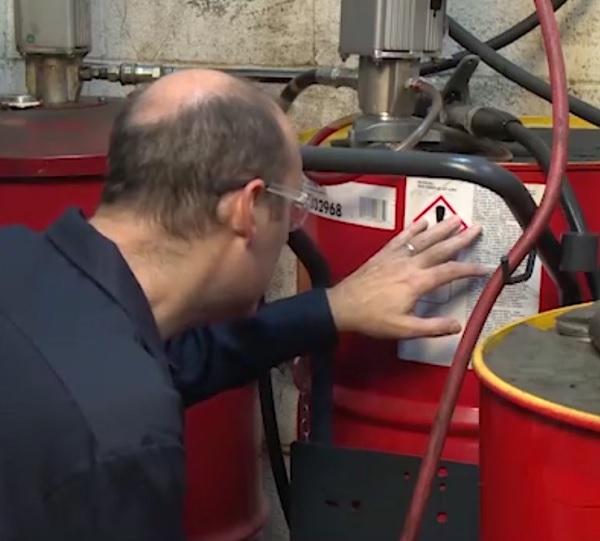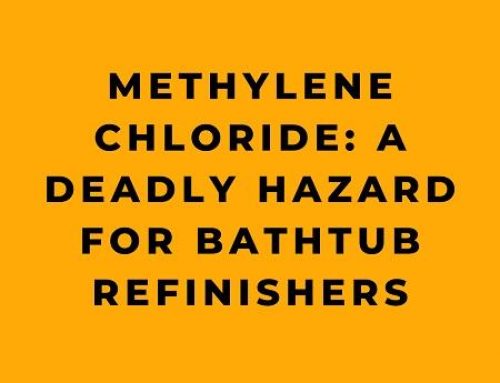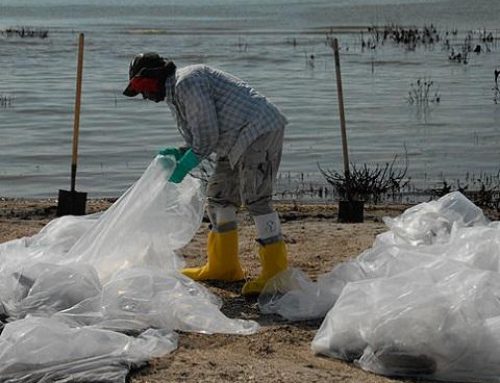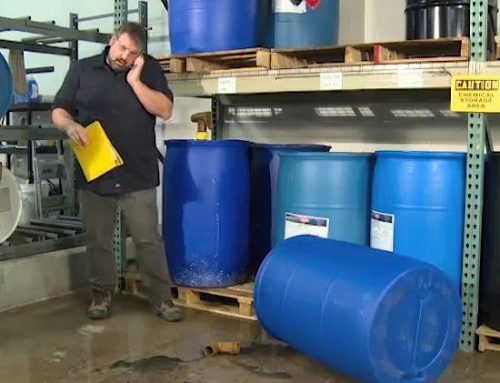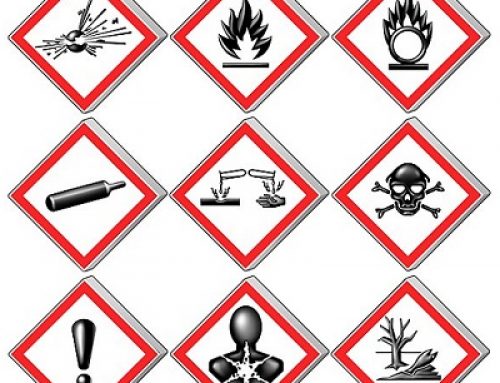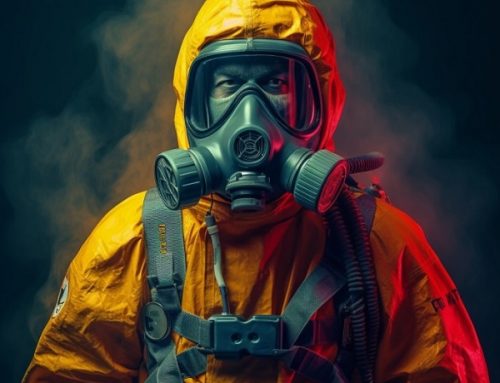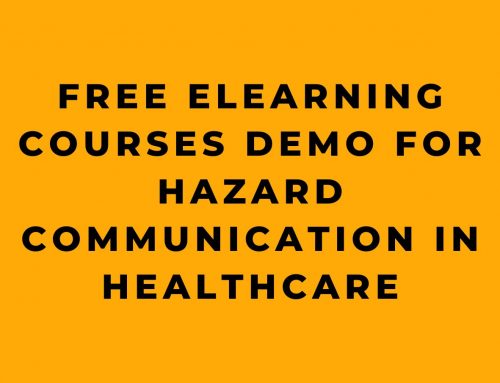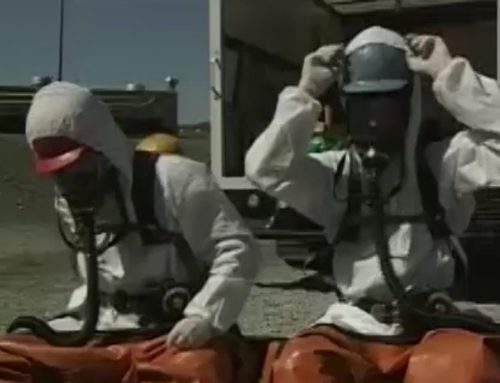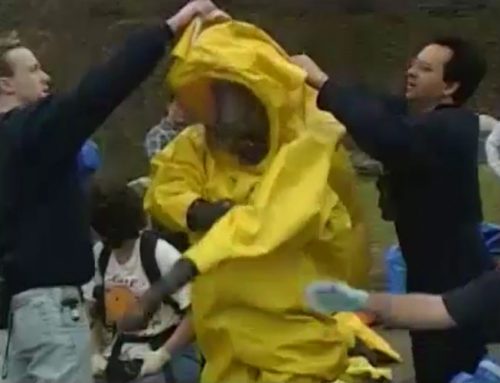On any given day, workers around the world handle untold amounts of hazardous chemicals and materials. From manufacturing facilities to construction sites, these substances are a necessary yet potentially dangerous aspect of many jobs. Safe handling and use of these materials starts with knowledge, and a critical source of knowledge can be found on their labeling. When hazmat labels are clear, accurate, and most importantly understood, workers can avoid injuries and accidents. This article will explore the vital role labeling plays in hazard communication, the systems used, and how to interpret them correctly. Extracted from an online safety training program, the insights here can help ensure the safe handling of hazardous substances across all industries and workplaces.
What Makes a Substance Hazardous
Hazardous materials (Hazmats) can ignite, corrode, or harm human health. Hazmats have the potential to:
- Burn or explode
- Eat away materials
- Disrupt normal bodily functions
- Turn healthy cells cancerous
- Allow toxins to accumulate in the bloodstream
Proper Labeling Enables Safe Hazmat Handling
Labeling provides critical Hazmat safety information. Government agencies like OSHA, DOT, and EPA established Hazmat labeling rules. Labels must be:
- Firmly affixed to containers
- Prominently displayed
- Legible
These ensure handlers can quickly find safety data. As hazards evolve, labeling systems adapted too. A key change was OSHA adopting the UN’s Globally Harmonized System (GHS). Now GHS labels apply for:
- Manufacturers
- Distributors
- Transport containers
OSHA expanded GHS to secondary “in-house” containers like vats and buckets. All labels must list:
- Chemical name
- Hazards
- Manufacturer contact info
While OSHA oversees chemicals, EPA monitors hazardous waste. EPA labels must identify all blended discarded chemicals and list the generator’s details.
DOT governs Hazmat transport labeling. DOT rules cover:
- Containers
- Conveyances like trucks, planes, and pipelines
Common Labeling Requirements
Despite differences, labeling systems share core requirements:
- Firm container attachment
- Prominent visibility
- Legible information
Various Labeling Systems
Hazards can be communicated different ways. Key labeling systems include:
- GHS
- DOT hazard classes
- HMIS
- NFPA
- EPA
These provide fast, clear hazard data. Workers worldwide can safely handle chemicals if labels are standardized.
Globally Harmonized System
To standardize Hazard Communication, OSHA adopted the UN GHS system. GHS provides consistent global Hazmat data through:
- Classification
- Hazard descriptions
- Label presentation
- Layout
GHS classifies Hazmats into 9 hazard classes using pictograms. Text conveys:
- Name
- Signal word
- Hazard statement
- Precautions
- Supplier details
GHS recommends positioning elements so workers can quickly find needed data. GHS labels apply for all containers except in-house ones, which still need all GHS info.
DOT Transport Hazard Class Labels
Diamond-shaped DOT labels indicate transport hazards. Labels must be at least 3.9” per side for visibility at 10-15’. Larger placards on vehicles provide visibility when moving.
Pictograms represent hazard classes. Classes 1-9 cover:
- Explosives
- Gases
- Flammable liquids
- Flammable solids
- Oxidizers
- Toxins
- Radioactive material
- Corrosives
- Miscellaneous
Class numbers below pictograms identify hazards quickly. Colors aid visibility:
- Red: Flammable
- Orange: Explosive
- Yellow: Oxidizer
- Yellow/Black/White: Radioactive
- Black/White: Corrosive
- White: Toxin
- Blue: Water-reactive
- Green: Non-flammable
Combined with GHS symbols and class numbers, this labeling communicates hazards comprehensively. UN Identification numbers also enable emergency response.
HMIS In-House Warning Labels
While DOT addresses transport, HMIS meets OSHA in-house labeling needs. HMIS uses colors and numbers to show:
- Health (blue)
- Flammability (red)
- Reactivity (yellow)
Four levels indicate severity. Health ratings are:
- 4: Deadly
- 3: Extreme danger
- 2: Hazardous
- 1: Slight hazard
- 0: No hazard
Flammability ratings are:
- 4: Extremely flammable
- 3: Flammable
- 2: Combustible if heated
- 1: Difficult to ignite
- 0: Will not burn
Reactivity ratings are:
- 4: Explosive
- 3: Shock/heat sensitive
- 2: Violently reactive
- 1: Unstable if heated
- 0: Stable
This quickly communicates hazards. PPE codes are listed or pictograms may be used. Target organ and chronic hazards may also be shown. Special handling precautions should be reviewed.
NFPA Fire and Chemical Hazards Labels
NFPA labels focus on fire risks like water reactivity. The diamond shape uses four color sections:
- Red: Flammability
- Yellow: Instability
- Blue: Health risk
- White: Special hazards
Numbers 0-4 show severity. Icons indicate hazards like radioactivity, water reactivity, and oxidizing. This highlights special reactive fire risks.
EPA Hazardous Waste Labels
EPA labels must be on containers of discarded hazardous chemicals. Labels list contents, generator details, waste ID number, and shipping name/UN number. Other labels must be removed.
If multiple wastes are combined, an accumulation label lists each one. Leaking containers get new EPA labels. Only containers with actual wastes should be EPA labeled.
Unlabeled Containers
Treat unlabeled containers as hazardous until proven otherwise. Keep away and notify supervisors immediately.
Proper labeling enables safe chemical handling. Always read labels thoroughly and follow PPE guidance. Ask about unclear labels. Correct labeling mistakes. Understanding Hazmat labels protects yourself, coworkers, and the public.
Conclusion
When hazardous materials are properly labeled, it sets the stage for safe chemical handling. But the responsibility doesn’t end there. It is up to each individual worker to take the time to read labels thoroughly, consult Safety Data Sheets if unsure, and always follow guidance about using recommended protective equipment. Ask questions if a label is damaged or seems unclear. Be a part of the solution by speaking up if containers are found unlabeled or labeling seems inadequate. Proper labeling paired with education and vigilance from employees can help turn dangerous materials into managed risks. Use the knowledge gained here to recognize labeling systems in your workplace and access the lifesaving information they provide.
As vital as it is to understand the role of labeling in hazard communication, what truly amplifies the safety measures is continued education and training. Labels provide essential information, but they can only go so far. While regulations and labeling systems evolve, so should your expertise. Becoming an authority on hazardous materials labels will not just make you an asset to your team, but it will also create a safer and more efficient working environment. Imagine being the go-to person for label-related queries, the one who can prevent mishaps and ensure compliance effortlessly. Now, you may wonder, how can one achieve such a level of expertise?
And that brings us to our next point: Our Full-Length Interactive Courses on Hazardous Materials Labels…
The world around us is more complex than ever, teeming with technological marvels but also brimming with risks that can be dangerous if not managed correctly. You, the stalwart professionals at the frontline, deal with hazardous materials as a routine part of your job. But a single mistake can lead to catastrophic consequences. Information is your best weapon against these dangers. But what if the information is not easily accessible, understandable, or worse, absent?
Imagine a world where each hazardous substance you interact with communicates its nature to you clearly and effortlessly. Imagine feeling empowered, not anxious, when you look at a chemical label, knowing precisely what it entails and how to manage it.
Our full-length interactive courses on “Hazardous Materials Labels” make this world a reality. These aren’t your run-of-the-mill videos or boring lectures. We’ve designed a comprehensive and immersive experience that prepares you for every scenario.
What Will You Learn?
- Master the ins and outs of Regulatory Labeling Requirements, ensuring compliance and safety.
- Gain expertise in Global Harmonized System (GHS) Labels, the international standard for hazard communication.
- Decode the DOT Hazard Class Labels, becoming adept at understanding transport-related risks.
- Navigate the HMIS Labels and the NFPA Labeling System, two critical labeling methods widely used in the industry.
- Become proficient in identifying Hazardous Waste Labels, safeguarding both you and the environment.
Why Choose Our Courses?
- Available in both English and Spanish, breaking language barriers.
- Designed by experts with real-world experience.
- Built on a flexible online platform accessible from anywhere, anytime.
You don’t just become trained; you become the expert that others turn to for advice, the employee that management values, and most importantly, the person who comes back home safe to their family every night.
Turn information into your superpower. Equip yourself with knowledge and elevate your professional game. Welcome to a safer, smarter world. Enroll in Our Full-Length Interactive Courses on Hazardous Materials Labels today!


